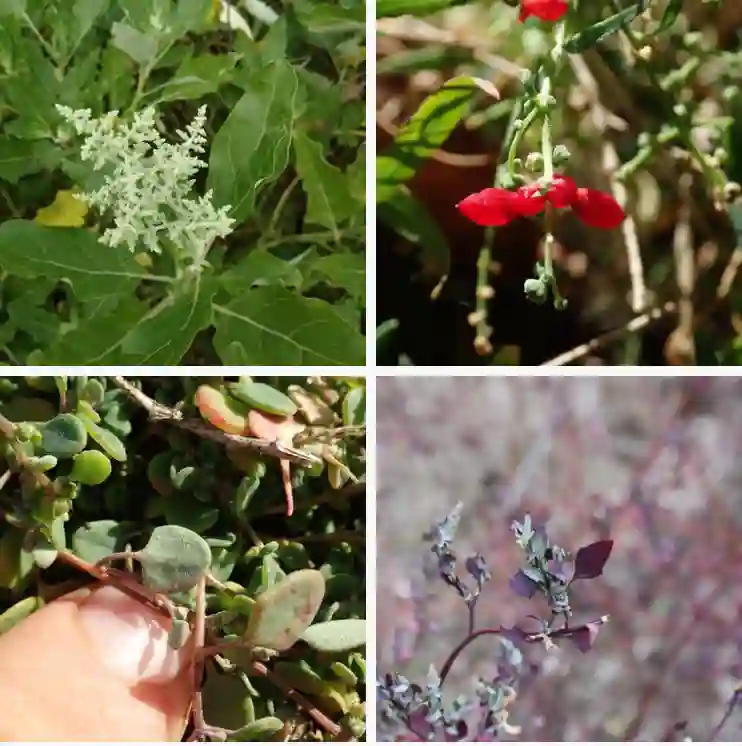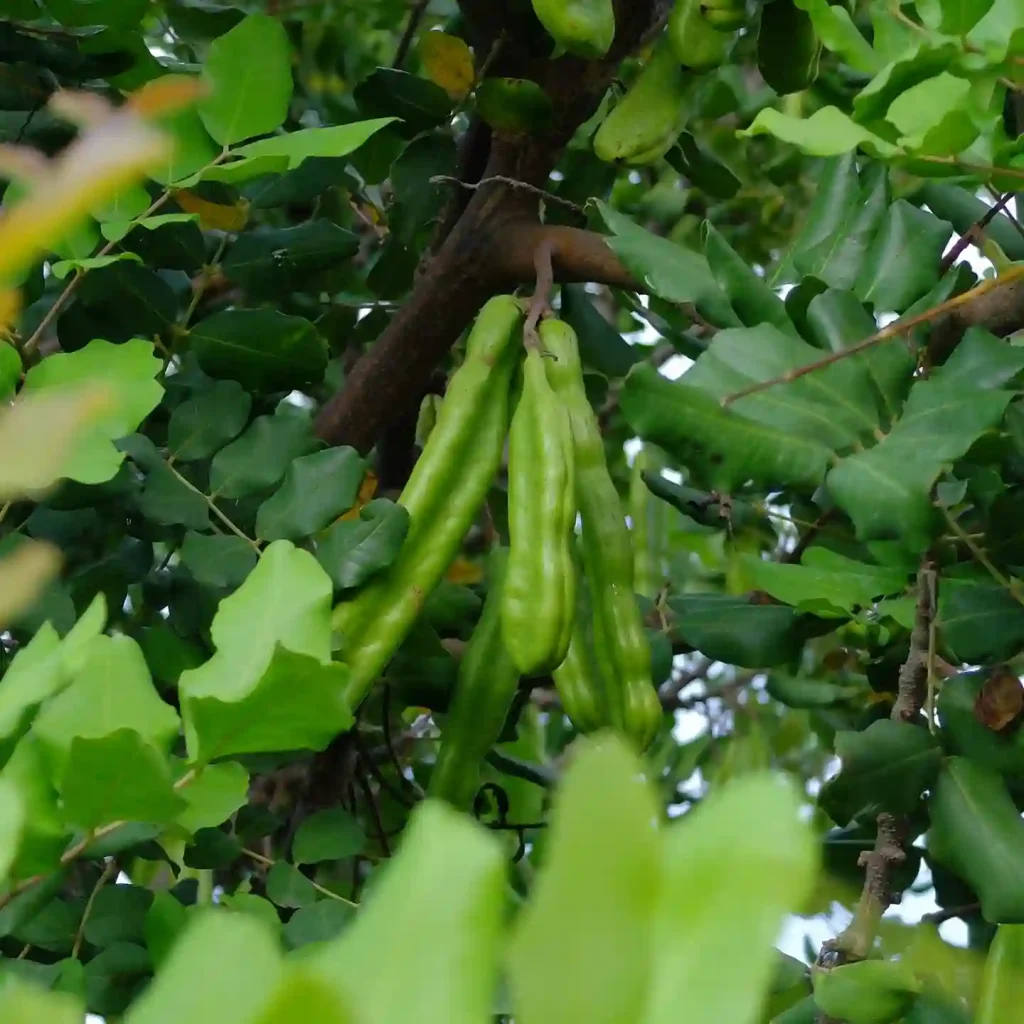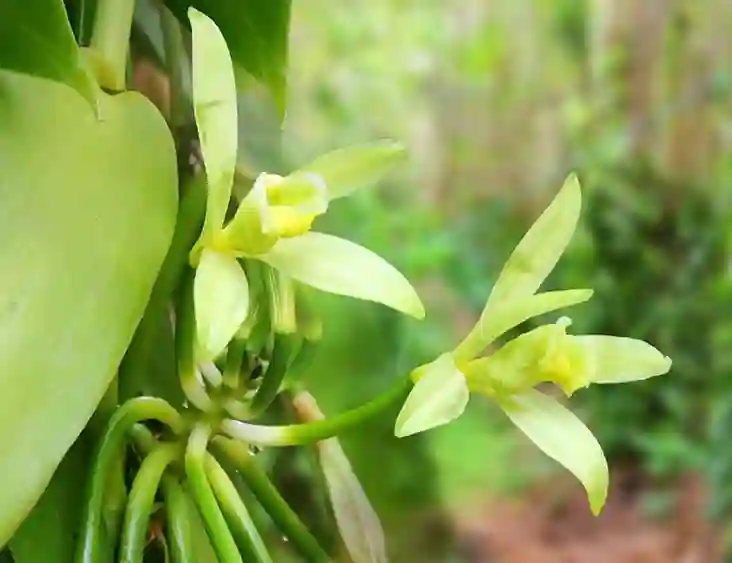Zamia: My Fascination with the Ancient Cycads
As a botanist, I’ve always been drawn to the unique and the ancient, the survivors who have witnessed epochs come and go. And among the plant kingdom, few can claim such a long and fascinating history as the cycads, particularly the genus Zamia. These tough, resilient plants have weathered the storms of time, enduring since the Jurassic period, and continue to thrive in diverse environments today.
I first encountered Zamia during a field expedition in Central America. The humid air hung heavy with the scent of damp earth and exotic blooms, but it was a cluster of unusual plants with stiff, palm-like leaves that caught my eye. They grew low to the ground, their stout trunks crowned with a rosette of glossy, dark green fronds. These were Zamia, and I was immediately captivated.
A Closer Look at Zamia
Zamia is a genus of cycads belonging to the family Zamiaceae. They are gymnosperms, meaning their seeds are not enclosed within a fruit. Instead, they produce cones, similar to pines and other conifers. Unlike the towering redwoods or sprawling pines, however, Zamia species are generally small, stocky plants, often resembling ferns or palms. Their trunks are mostly subterranean, giving them a unique, almost primeval appearance.
What truly sets Zamia apart is its remarkable adaptability. These plants can be found in a wide range of habitats, from the humid rainforests of Central America to the dry, scrublands of Florida. Some species even tolerate salt spray, making them well-suited to coastal environments. This hardiness has undoubtedly contributed to their long evolutionary success.
Diversity within the Genus
The genus Zamia is surprisingly diverse, encompassing over 80 recognized species. Each has its own unique characteristics, adding to the richness and complexity of the genus:
- Zamia acuminata Oerst. ex Dyer
- Zamia amazonum D.W.Stev.
- Zamia amplifolia Mast.
- Zamia angustifolia Jacq.
- Zamia boliviana (Brongn.) A.DC.
- Zamia brasiliensis Calonje & Segalla
- Zamia chigua Seem.
- Zamia cremnophila Vovides, Schutzman & Dehgan
- Zamia cunaria Dressler & D.W.Stev.
- Zamia decumbens Calonje, Meerman, M.P.Griff. & Hoese
- Zamia disodon D.W.Stev. & Sabato
- Zamia dressleri D.W.Stev.
- Zamia elegantissima Schutzman, Vovides & R.S.Adams
- Zamia encephalartoides D.W.Stev.
- Zamia erosa O.F.Cook & G.N.Collins
- Zamia fairchildiana L.D.Gómez
- Zamia fischeri Miq. ex Lem.
- Zamia furfuracea L.f. ex Aiton Plant FAQs: Zamia Furfuracea
- Zamia gentryi Dodson
- Zamia gomeziana R.H.Acuña
- Zamia grijalvensis Pérez-Farr., Vovides & Mart.-Camilo
- Zamia hamannii A.S.Taylor, J.L.Haynes & Holzman
- Zamia herrerae Calderón & Standl.
- Zamia huilensis Calonje, H.E.Esquivel & D.W.Stev.
- Zamia hymenophyllidia D.W.Stev.
- Zamia imbricata Calonje & J.Castro
- Zamia imperialis A.S.Taylor, J.L.Haynes & Holzman
- Zamia incognita A.Lindstr. & Idarraga
- Zamia inermis Vovides, J.D.Rees & Vázq.Torres
- Zamia integrifolia L.f. Plant FAQs: Zamia Integrifolia – Coontie Palm
- Zamia ipetiensis D.W.Stev.
- Zamia × katzeriana (Regel) E.Rettig
- Zamia lacandona Schutzman & Vovides
- Zamia lecointei Ducke
- Zamia lindenii Regel ex André
- Zamia lindleyi Warsz. ex A.Dietr.
- Zamia lindosensis D.W.Stev., D.Cárdenas & N.Castaño
- Zamia loddigesii Miq.
- Zamia lucayana Britton
- Zamia macrochiera D.W.Stev.
- Zamia magnifica Pérez-Farr., Gut.Ortega & Calonje
- Zamia manicata Linden ex Regel
- Zamia meermanii Calonje
- Zamia melanorrhachis D.W.Stev.
- Zamia montana A.Braun
- Zamia monticola Chamb.
- Zamia multidentata Calonje, Segalla & R.S.Pimenta
- Zamia muricata Willd.
- Zamia nana A.Lindstr., Calonje, D.W.Stev. & A.S.Taylor
- Zamia nesophila A.S.Taylor, J.L.Haynes & Holzman
- Zamia neurophyllidia D.W.Stev.
- Zamia obliqua A.Braun
- Zamia oligodonta Calderón & D.W.Stev.
- Zamia onan-reyesii C.Nelson & Sandoval
- Zamia oreillyi C.Nelson
- Zamia orinoquiensis Calonje, Betancur & A.Lindstr.
- Zamia paucifoliolata Calonje
- Zamia paucijuga Wieland
- Zamia poeppigiana Mart. & Eichler
- Zamia portoricensis Urb.
- Zamia prasina W.Bull
- Zamia pseudomonticola L.D.Gómez
- Zamia pseudoparasitica J.Yates
- Zamia pumila L. Plant FAQs: Zamia Pumila
- Zamia purpurea Vovides, J.D.Rees & Vázq.Torres
- Zamia pygmaea Sims
- Zamia pyrophylla Calonje, D.W.Stev. & A.Lindstr.
- Zamia restrepoi (D.W.Stev.) A.Lindstr.
- Zamia roezlii Regel ex Linden
- Zamia sandovalii C.Nelson
- Zamia sinuensis Calonje & J.Castro
- Zamia skinneri Warsz. ex A.Dietr.
- Zamia soconuscensis Schutzman, Vovides & Dehgan
- Zamia spartea A.DC.
- Zamia standleyi Schutzman
- Zamia stenophyllidia Nic.-Mor., Mart.-Domínguez & D.W.Stev.
- Zamia stevensonii A.S.Taylor & Holzman
- Zamia stricta Miq.
- Zamia tolimensis Calonje, H.E.Esquivel & D.W.Stev.
- Zamia tuerckheimii Donn.Sm.
- Zamia ulei Dammer
- Zamia urep B.Walln.
- Zamia variegata Warsz.
- Zamia vazquezii D.W.Stev., Sabato & De Luca
- Zamia verschaffeltii Miq.
- Zamia wallisii H.J.Veitch
The Importance of Zamia
Beyond their aesthetic appeal, Zamia plants play a vital role in their ecosystems. Their seeds and leaves provide food for various animals, and their root systems help to stabilize the soil, preventing erosion. Some Zamia species have also been used by indigenous peoples for medicinal purposes and as a source of food.
Unfortunately, many Zamia species are now facing threats due to habitat loss and over-collection. Conservation efforts are crucial to ensure the survival of these ancient plants for future generations.
My Continued Interest
My fascination with Zamia has only deepened over the years. I continue to study these remarkable plants, exploring their evolutionary history, ecological significance, and potential uses. I am particularly interested in their ability to thrive in harsh environments, a trait that could hold valuable lessons for sustainable agriculture and land management.
Zamia serves as a living testament to the power of adaptation and resilience. These ancient plants have much to teach us about survival, persistence, and the interconnectedness of life. I am honored to be a part of their ongoing story.
If i die, water my plants!



